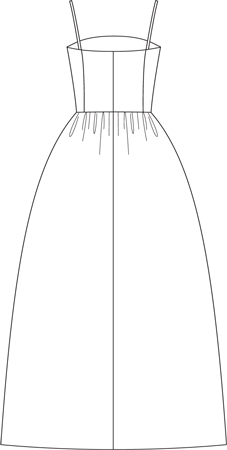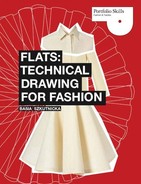This section of the book is a selection of key shapes and garments for womenswear. The main garment groups have been researched and analyzed to create a core collection of generic known styles. “Fashion” details have been erased, where possible, to create “absolute” styles with the minimum of distracting details.
This directory of garment shapes is intended as a guide to the most familiar basic, classic styles and details that can be adapted and integrated into your own design ideas. There are myriad more dress, jacket, collar, skirt, and pant styles, but those featured here are the most well known.
Each garment group begins with a selection of key basic shapes, which are shown as a simple muslin and as a flat to demonstrate how a three-dimensional garment can translate into a two-dimensional drawing. You will learn how to visualize the garment in two dimensions, and see what needs to be left in and what should be taken out. It is key to develop a good eye in order to produce successful flats that really and truly replicate the garment design and provide essential information for anyone that looks at them.
Each style has been given the most commonly used name in industry, and you will see that sometimes there are a number of names or definitions for the same style. Understanding and becoming familiar with terminology will help you to “speak fashion” and provide you with additional knowledge.
It is essential to become familiar with generic garments and their key components in order to develop your own styles. Try producing 100 versions of a single-breasted jacket or a double-breasted coat using your knowledge of silhouettes that “work.” Consider sleeve types, collar options, and style lines. The possibilities are endless. By starting with understood basics, you can progress to creating new undefined styles.
Go to the womenswear department of any department store, where you can make notes with ease, and see how many “classic” collars, sleeves, cuffs, skirts, and dress silhouettes you can find. And look at the multitude of variations. You will see that most garments fall into the categories listed in this section of the book. Almost everything you will see is a variation on a traditional style.
Try an experiment: using the generic template, consider how you would create a “new” style. What will be the overall silhouette? What kind of a sleeve will it have? What about a cuff? Consider a collar? How long will it be? Combine the different elements, using the basic styles as a foundation on which to build. Design is all about variation—you will find the art of “design development,” as well as “drawing,” easier to get to grips with if you possess the building blocks.
This section provides all the information you need to get started.
KEY BASIC SHAPES
FITTED/TUBE/SHEATH
FRONT VIEW

BACK VIEW
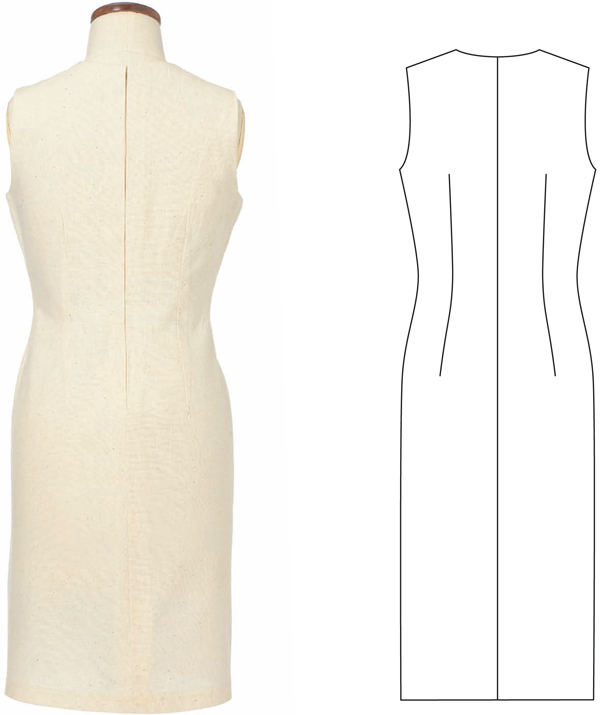
SHIFT/TANK/CHEMISE
FRONT VIEW

BACK VIEW
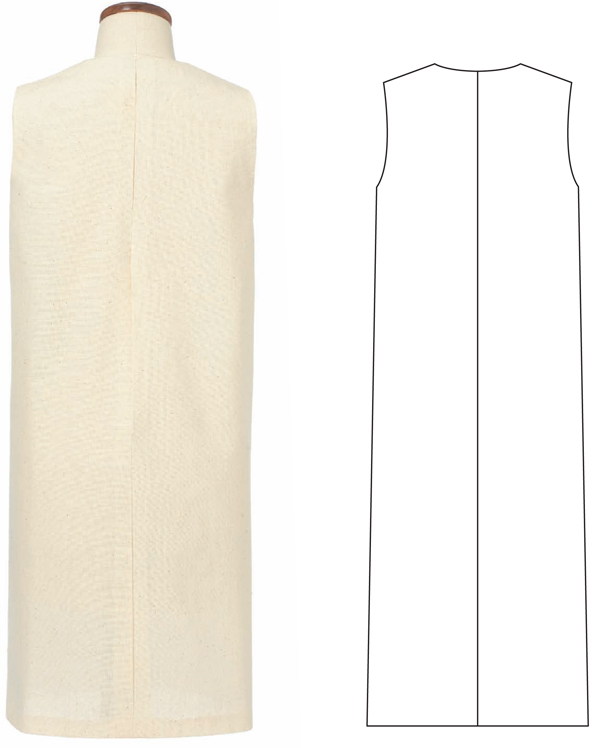
A-LINE
FRONT VIEW
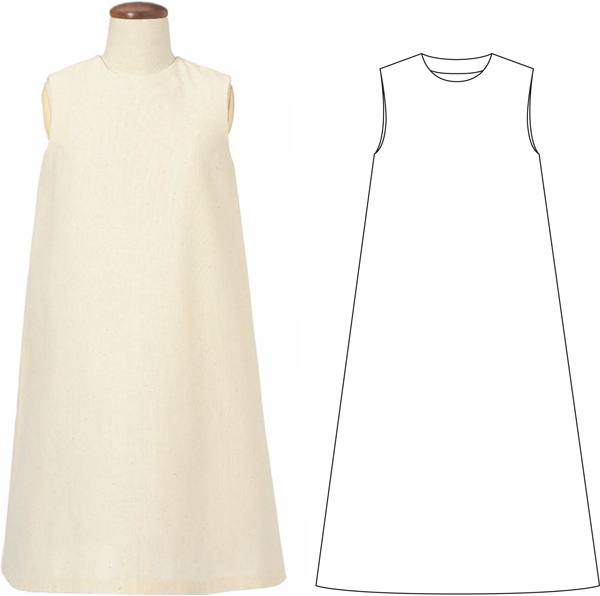
BACK VIEW
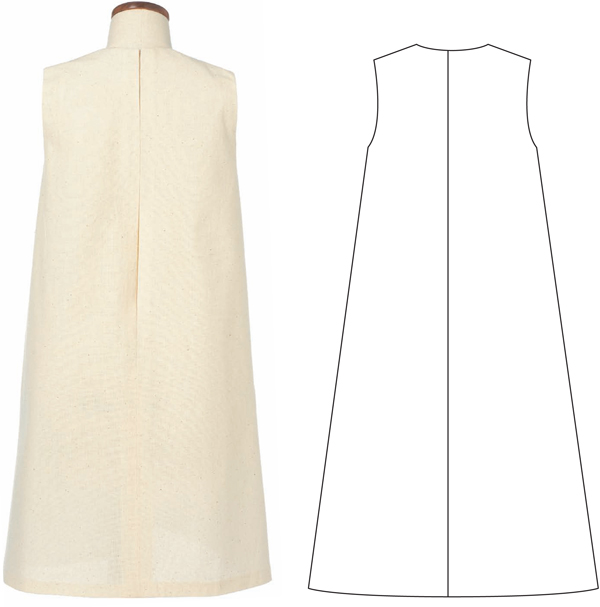
EMPIRE LINE
FRONT VIEW

BACK VIEW
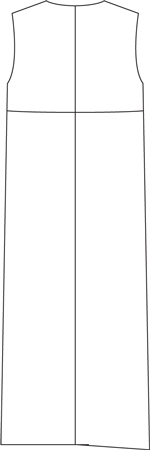
PRINCESS/PRINCESS LINE
FRONT VIEW

BACK VIEW

TRAPEZE
FRONT VIEW
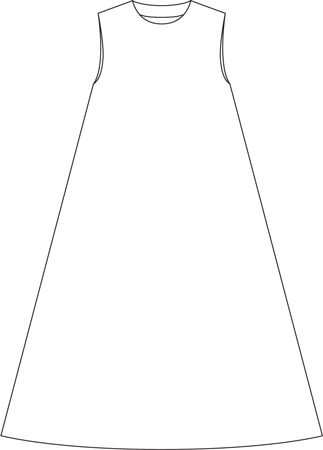
BACK VIEW
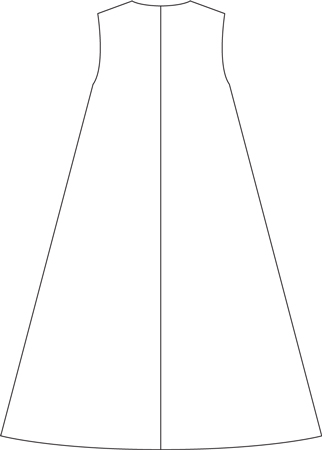
FRONT VIEW
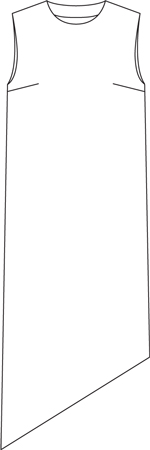
BACK VIEW
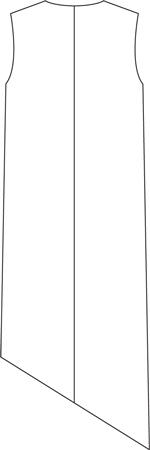
DROPPED WAIST/ DROP WAIST
FRONT VIEW
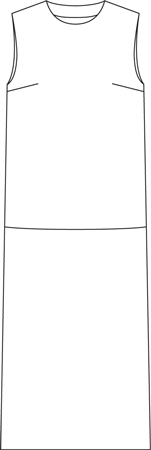
BACK VIEW

BLOUSON
FRONT VIEW

BACK VIEW
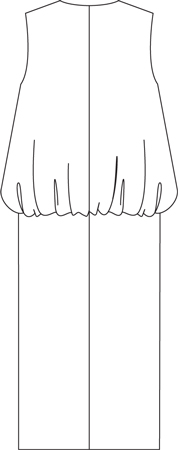
SMOCK
FRONT VIEW
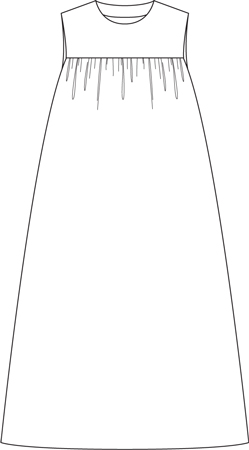
BACK VIEW
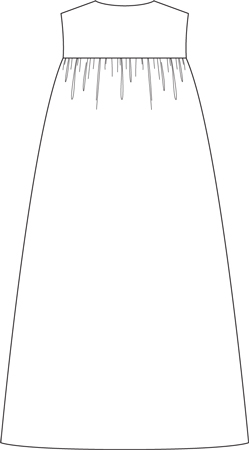
WRAPOVER/WRAP DRESS
FRONT VIEW

BACK VIEW
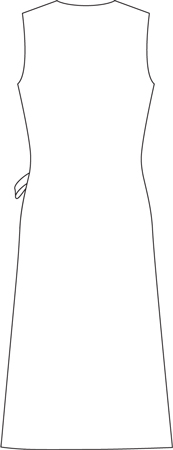
FRONT VIEW

BACK VIEW
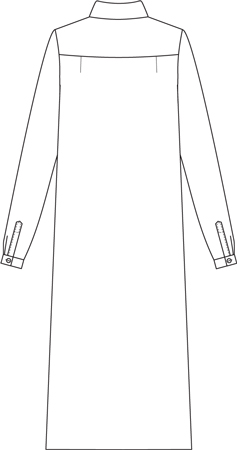
CHEONGSAM/CHINESE DRESS
FRONT VIEW

BACK VIEW
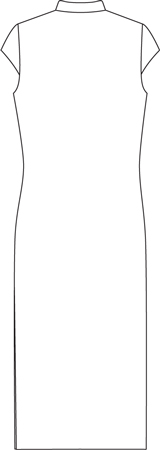
APRON/PINAFORE
FRONT VIEW
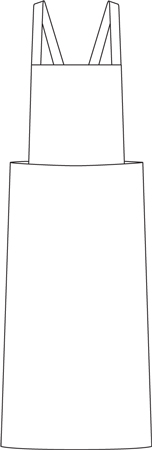
BACK VIEW

KIMONO
FRONT VIEW

BACK VIEW

FRONT VIEW

BACK VIEW

BALL GOWN/GOWN/PROM DRESS
FRONT VIEW

BACK VIEW
